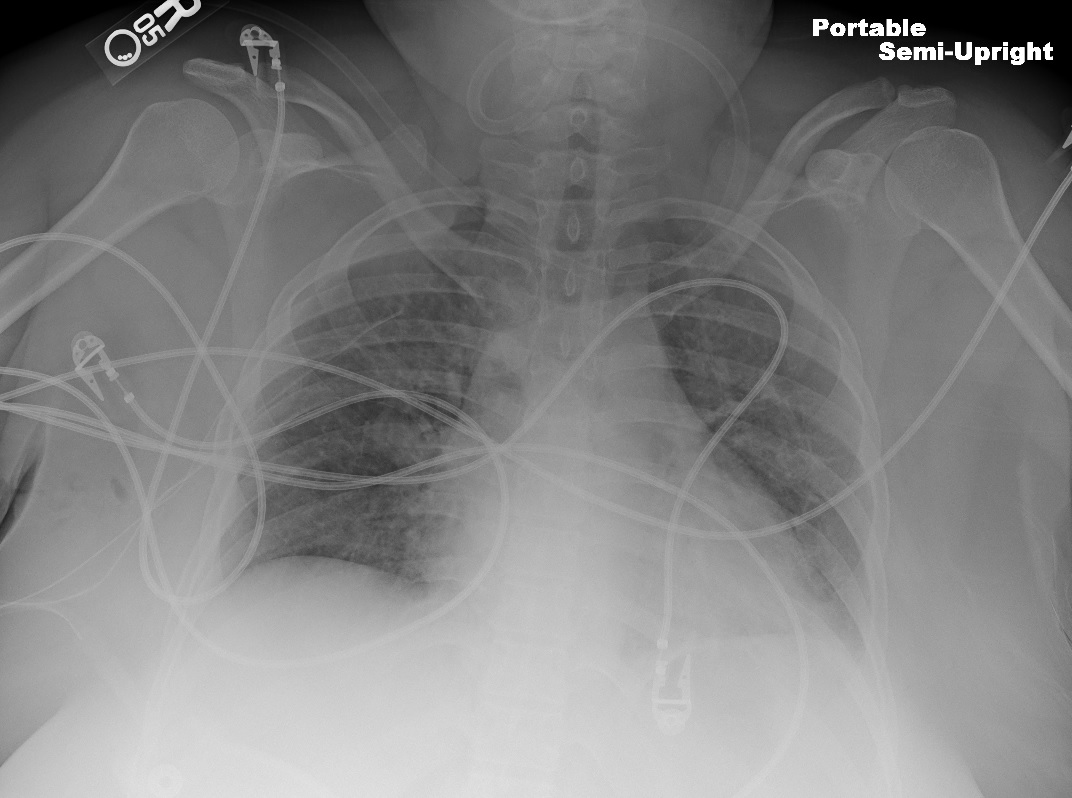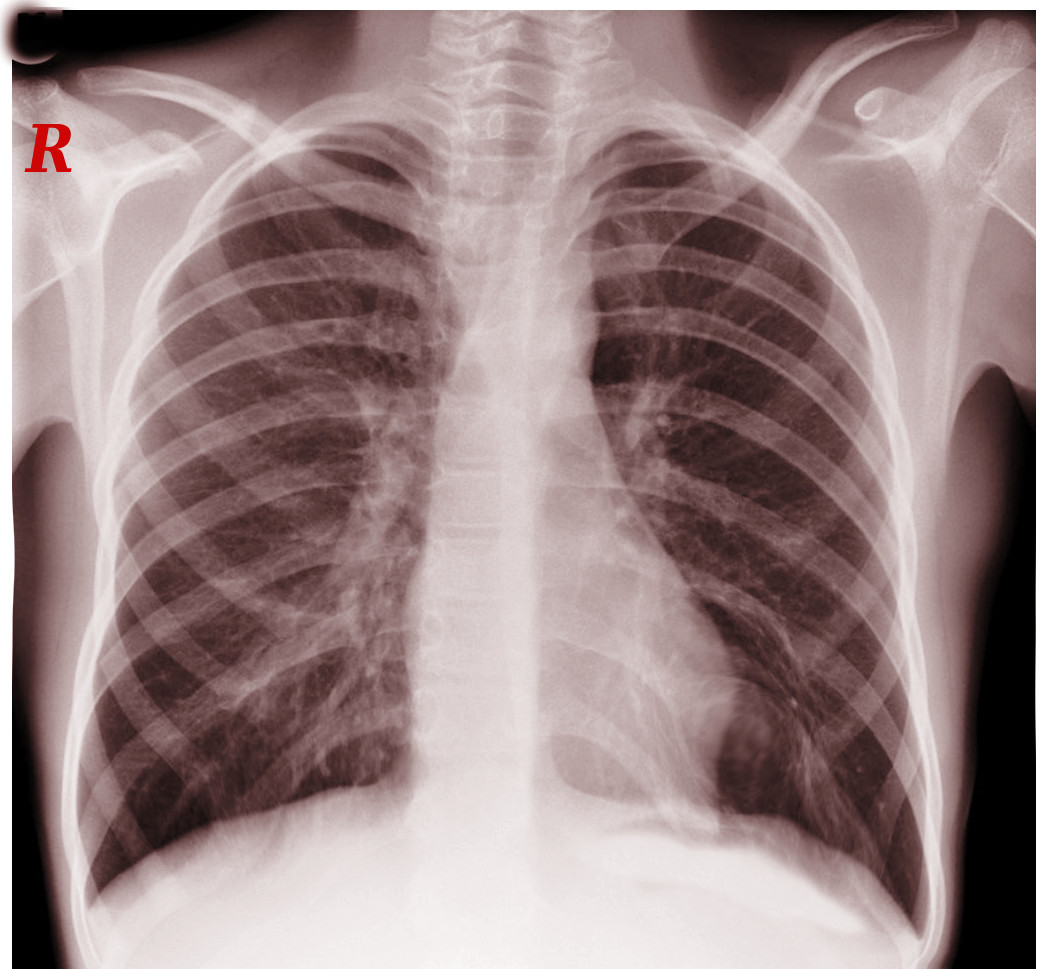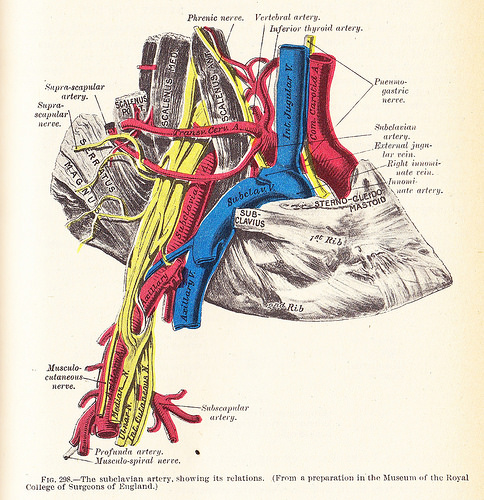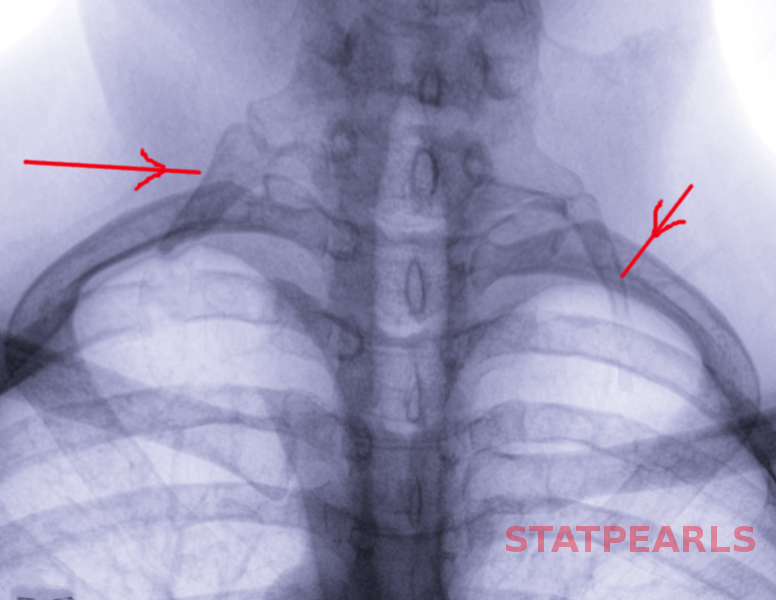[1]
Sayın A,Güngör H,Bilgin M,Ertürk U, Paget-von Schrötter syndrome: upper extremity deep vein thrombosis after heavy exercise. Turk Kardiyoloji Dernegi arsivi : Turk Kardiyoloji Derneginin yayin organidir. 2012 Jun;
[PubMed PMID: 22951853]
[2]
Lewandowski A,Syska-Sumińska J,Dłuzniewski M, [Pulmonary embolism suspicion in a young female patient with the Paget-von Schrötter syndrome]. Kardiologia polska. 2008 Sep;
[PubMed PMID: 18924025]
[3]
Zell L,Sommerfeld A,Buchter A, [The Paget-von Schroetter syndrome. On the centenary of the death of Sir James Paget and on the 50th anniversary of the naming of the syndrome]. Deutsche medizinische Wochenschrift (1946). 1999 Aug 6;
[PubMed PMID: 10480017]
[4]
Cires-Drouet R,Sharma J,McDonald T,Sorkin JD,Lal BK, Variability in the management of line-related upper extremity deep vein thrombosis. Phlebology. 2019 Jan 31;
[PubMed PMID: 30704347]
[5]
Weaver LA,Kanter CR,Costantino TG, Effort Thrombosis Provoked by Saxophone Performance. The Journal of emergency medicine. 2019 Jan 8;
[PubMed PMID: 30638648]
[6]
Thiyagarajah K,Ellingwood L,Endres K,Hegazi A,Radford J,Iansavitchene A,Lazo-Langner A, Post-thrombotic syndrome and recurrent thromboembolism in patients with upper extremity deep vein thrombosis: A systematic review and meta-analysis. Thrombosis research. 2019 Feb;
[PubMed PMID: 30553163]
Level 1 (high-level) evidence
[7]
Kumar R,Harsh K,Saini S,O'Brien SH,Stanek J,Warren P,Giver J,Go MR,Kerlin BA, Treatment-Related Outcomes in Paget-Schroetter Syndrome-A Cross-Sectional Investigation. The Journal of pediatrics. 2018 Dec 7;
[PubMed PMID: 30528572]
Level 2 (mid-level) evidence
[8]
Chen AWY,Oraii Yazdani K,Candilio L, Upper Limb Deep Vein Thrombosis: A Case Report of an Increasingly Common Condition. The journal of Tehran Heart Center. 2018 Apr;
[PubMed PMID: 30483316]
Level 3 (low-level) evidence
[9]
Lim W,Le Gal G,Bates SM,Righini M,Haramati LB,Lang E,Kline JA,Chasteen S,Snyder M,Patel P,Bhatt M,Patel P,Braun C,Begum H,Wiercioch W,Schünemann HJ,Mustafa RA, American Society of Hematology 2018 guidelines for management of venous thromboembolism: diagnosis of venous thromboembolism. Blood advances. 2018 Nov 27;
[PubMed PMID: 30482764]
Level 3 (low-level) evidence
[10]
Wooster M,Fernandez B,Summers KL,Illig KA, Surgical and endovascular central venous reconstruction combined with thoracic outlet decompression in highly symptomatic patients. Journal of vascular surgery. Venous and lymphatic disorders. 2019 Jan;
[PubMed PMID: 30442583]
[11]
Fenando A,Mujer M,Rai MP,Alratroot A, Paget-Schroetter syndrome. BMJ case reports. 2018 Nov 8;
[PubMed PMID: 30413468]
Level 3 (low-level) evidence
[12]
Gwozdz AM,Silickas J,Smith A,Saha P,Black SA, Endovascular Therapy for Central Venous Thrombosis. Methodist DeBakey cardiovascular journal. 2018 Jul-Sep;
[PubMed PMID: 30410652]
[13]
Kärkkäinen JM,Nuutinen H,Riekkinen T,Sihvo E,Turtiainen J,Saari P,Mäkinen K,Manninen H, Pharmacomechanical Thrombectomy in Paget-Schroetter Syndrome. Cardiovascular and interventional radiology. 2016 Sep;
[PubMed PMID: 27230515]
[14]
Garg V,Poon G,Tan A,Poon KB, Paget-Schroetter syndrome as a result of 1st rib stress fracture due to gym activity presenting with Urschel's sign - A case report and review of literature. International journal of surgery case reports. 2018;
[PubMed PMID: 29966955]
Level 3 (low-level) evidence




